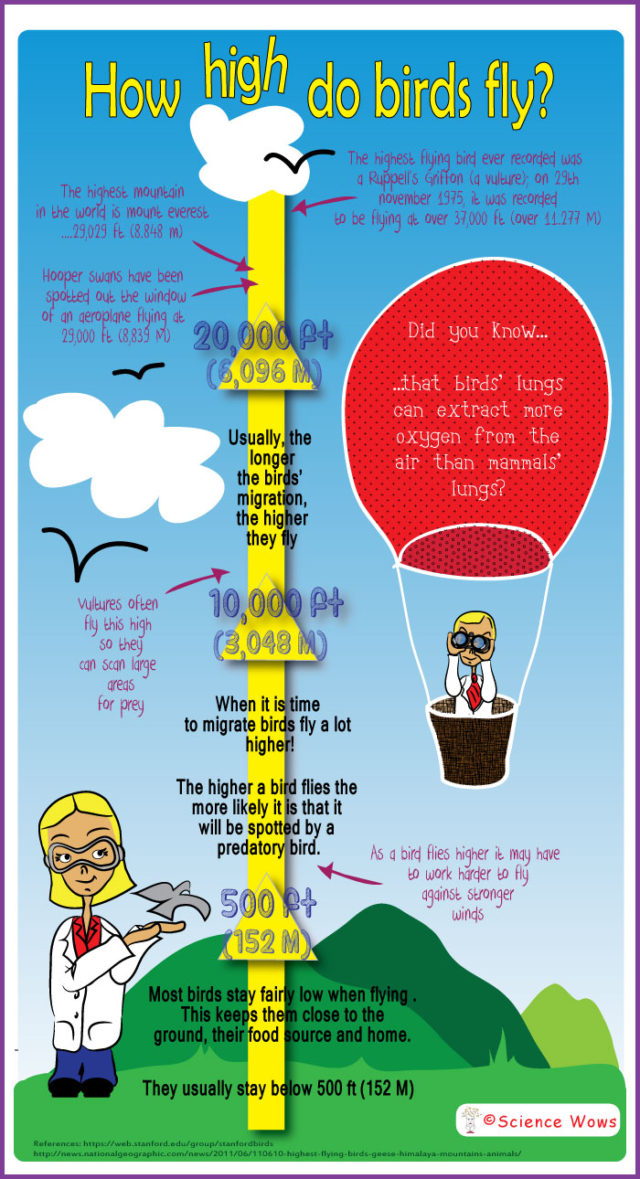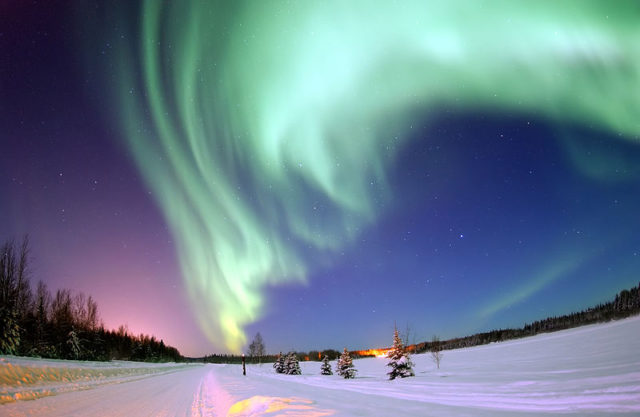This question comes in from twins Sabha and Lile, who can sometimes be found on the lovely Where Wishes Come From blog. They are two wonderful girls that are fairly mad into science, and their mum tells me that they are always full of questions (we love that around here!). This is the first of two questions they have sent in…
How high do birds fly?
Dr. Simple is, as ever, delighted to answer their question. And this week he has his twin sister with him (which is pretty appropriate don’t you think?). You’ll see below that the regular Dr. Simple post has had a revamp, I love it like this, I hope you do too!

Thanks again to Lile and Sabha for this great question, what super science twins you are!
I hope you like the new layout here, be sure to let me know in the comments below, and remember to send in any questions that you or your family have. We love getting them!

